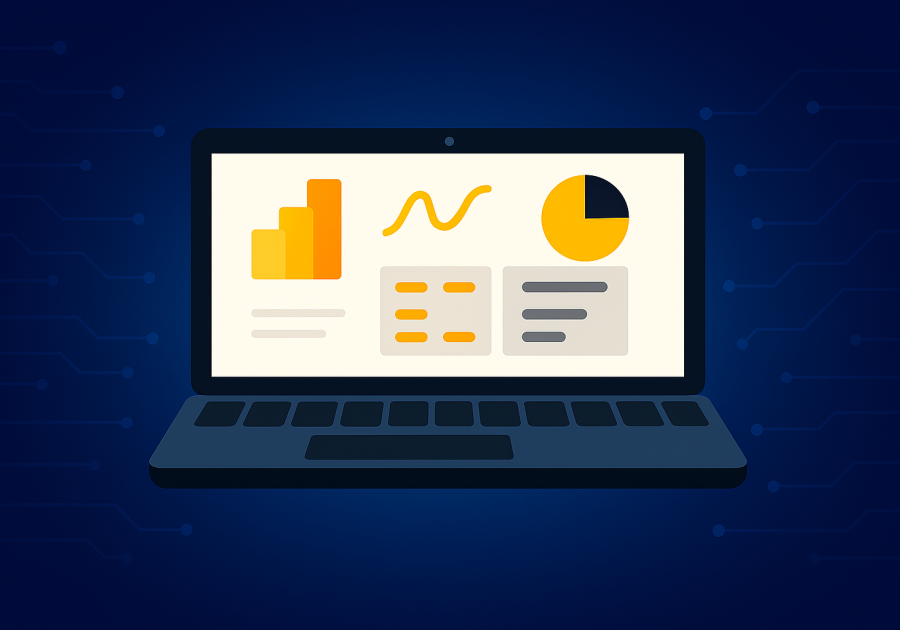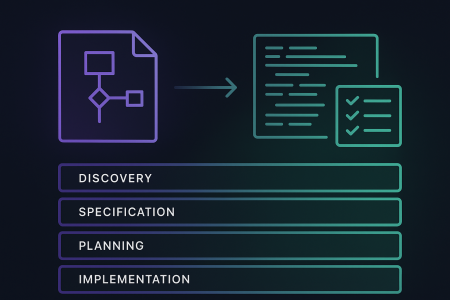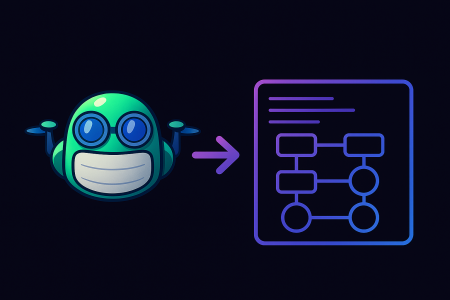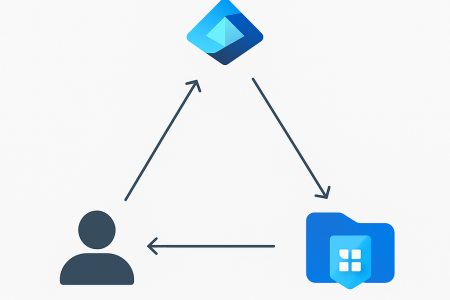Power BI Write Back to Azure Databricks
For years, Power BI has been the place where business users go to see what happened a dashboard here, a forecast there, endless slicing and dicing of data. But the one thing it couldn’t do? Let you act on those insights without leaving the tool.
That changes now!!
Microsoft has just announced interactive write-back from Power BI to Azure Databricks and it’s a big deal. The gap between analysis and action is finally closing. Power BI isn’t just where you look at data anymore. It’s where you change it.
What’s New (and Why It Matters)
Traditionally, Power BI was read-only, a polished, one-way mirror into your databases. This new write-back capability makes it a two-way conversation. Imagine updating numbers right inside your dashboard, and those changes flow instantly back into Databricks (and from there, anywhere else: Dataverse, SQL, ERP, you name it).
In practice, this means:
- Faster decisions: Finance teams can tweak forecasts directly in Power BI without exporting to Excel or asking IT for updates.
- Collaboration at scale: Supply chain planners can adjust reorder points, and those changes are reflected everywhere, no lag, no silos.
- Smarter AI: Because Databricks powers machine learning, updated inputs can immediately feed predictive models.
Think of it like this: Power BI is shifting from being a rear-view mirror to being the steering wheel.
Why Consultants & Makers Should Care
If you’re building with Power Platform, this isn’t just another feature it’s a shift in solution design.
- Power Apps isn’t the only write-back option anymore.
For structured, form-heavy data capture, Power Apps still rules. But for quick adjustments, forecasting, or “what if” scenarios, Power BI just got a seat at the table.
- Integration just leveled up.
Picture this: a sales planner adjusts numbers in Power BI → those updates flow into Databricks → sync into Dataverse → trigger Power Automate → update ERP. That’s analytics and operations in one continuous loop.
- Governance will make or break it.
With great write-back power comes the need for RLS, security roles, and audit trails. Without clear guardrails, you risk chaos.
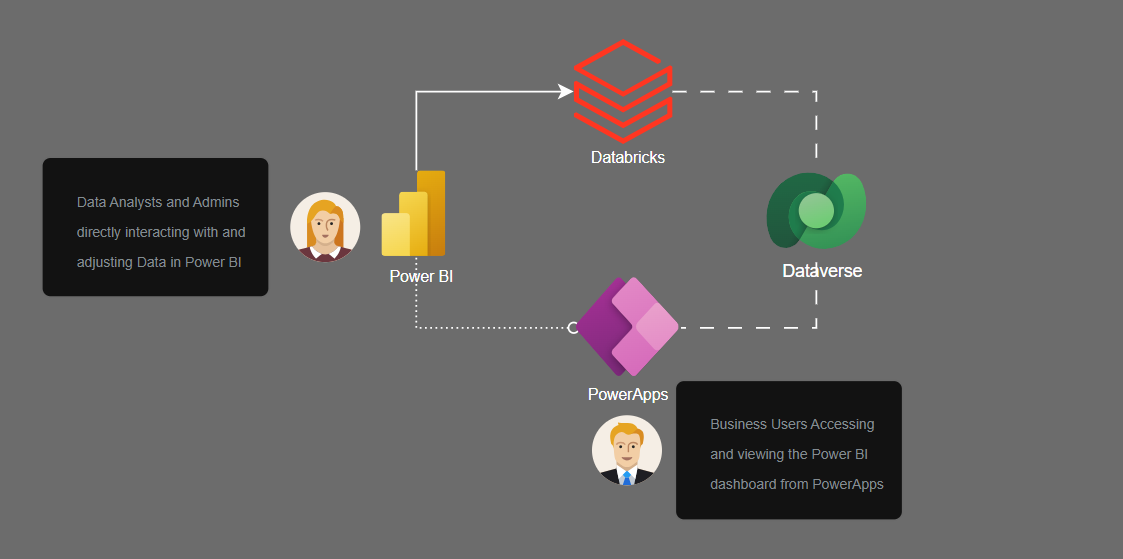
The Technical Bits (for the Architects)
Under the hood:
- Built on Direct Lake mode in Power BI semantic models.
- Data lands in Databricks Delta tables (open-source standard).
- Requirements: Power BI Premium (or Fabric capacity), Databricks with secure endpoints, and strong semantic model design.
This is not a “flip the switch and go” moment. It demands solid data architecture and governance.
Tips for Early Adopters
- Start small : try a forecasting or scenario planning use case before rolling it out org-wide.
- Define clear roles : separate “viewers” from “editors” early.
- Upskill analysts : they’re no longer just consumers of data but contributors.
- Pair with Copilot : imagine Copilot recommending forecast changes, with users approving write-backs in one click.
Looking Ahead
This isn’t just an upgrade to Power BI. It’s a signal of where Microsoft is heading:
- Power BI evolves from reporting into decision + action.
- Power Platform becomes the hub for business decision-making, not just app building.
- Databricks doubles down as the AI powerhouse, with Power BI as the business-facing entry point.
For us consultants, this is the moment to start conversations with clients about closing the loop in their analytics workflows.
Closing Thought
Power BI write-back to Databricks isn’t just about convenience, it’s the first step into a world where analytics, operations, and AI are fused. The most powerful question to ask your stakeholders now is:
“If you could not only see your data but also change it in the moment, what would you do differently?”
Your move.
Signing out,
Dela

